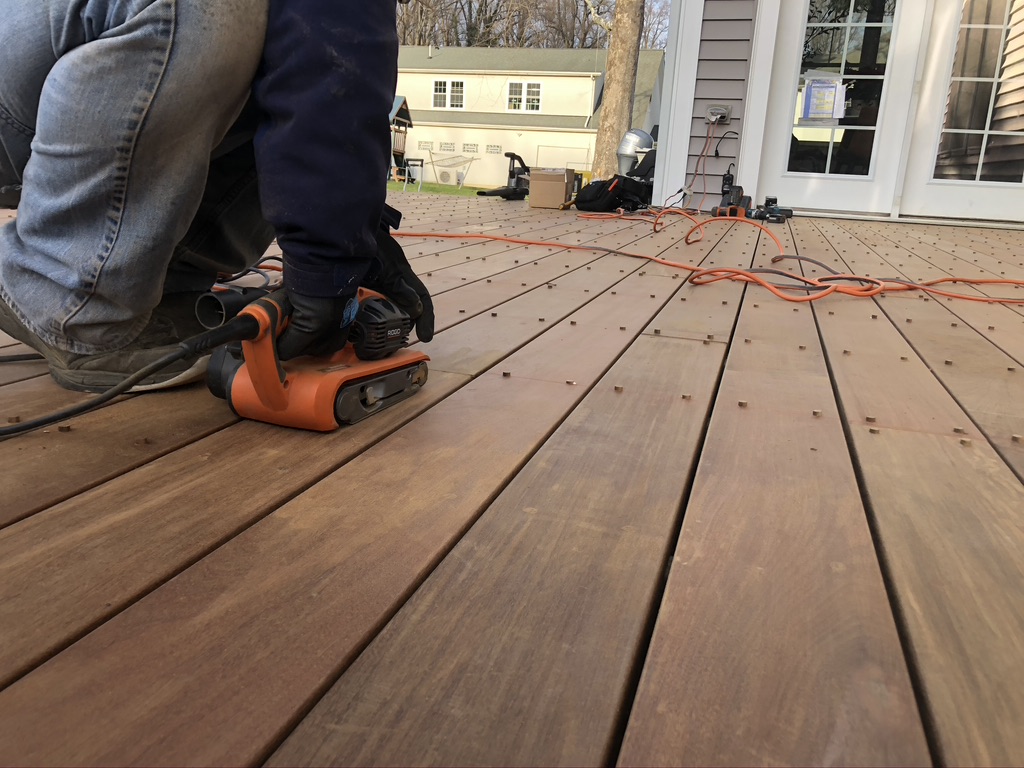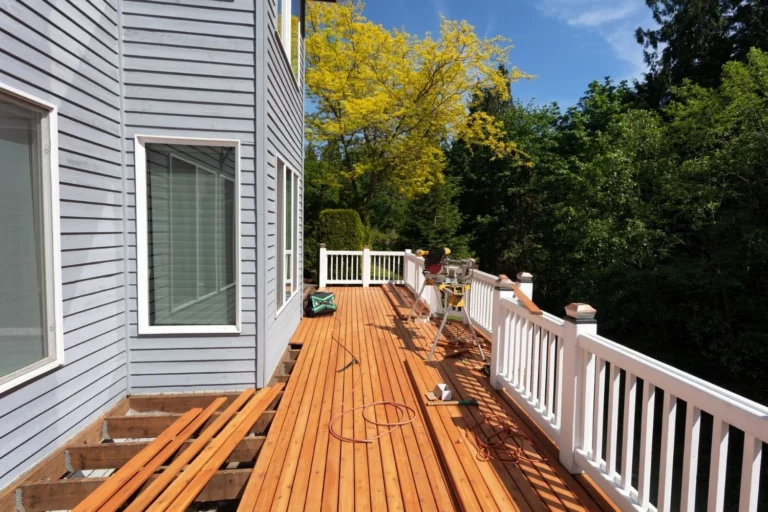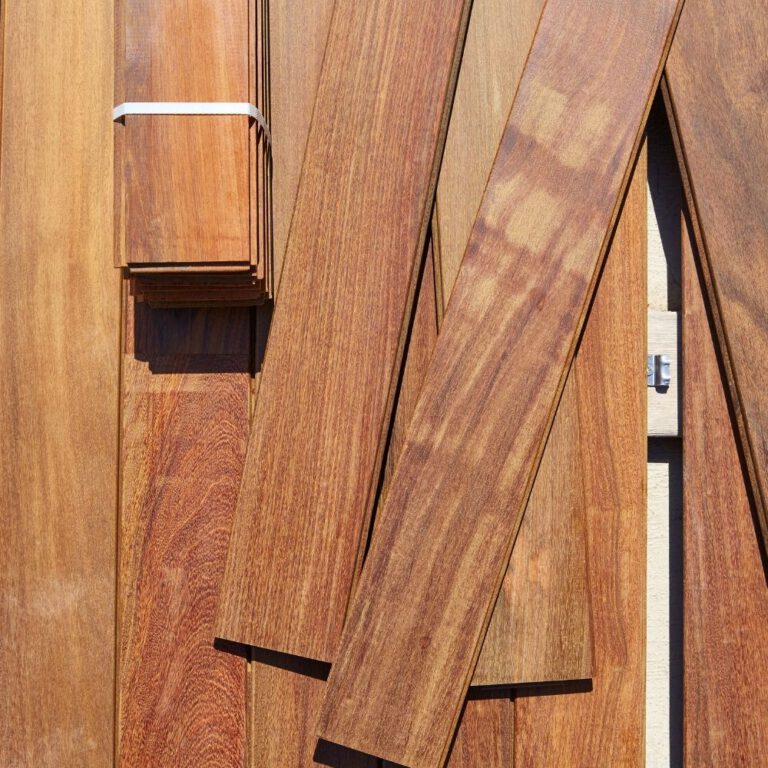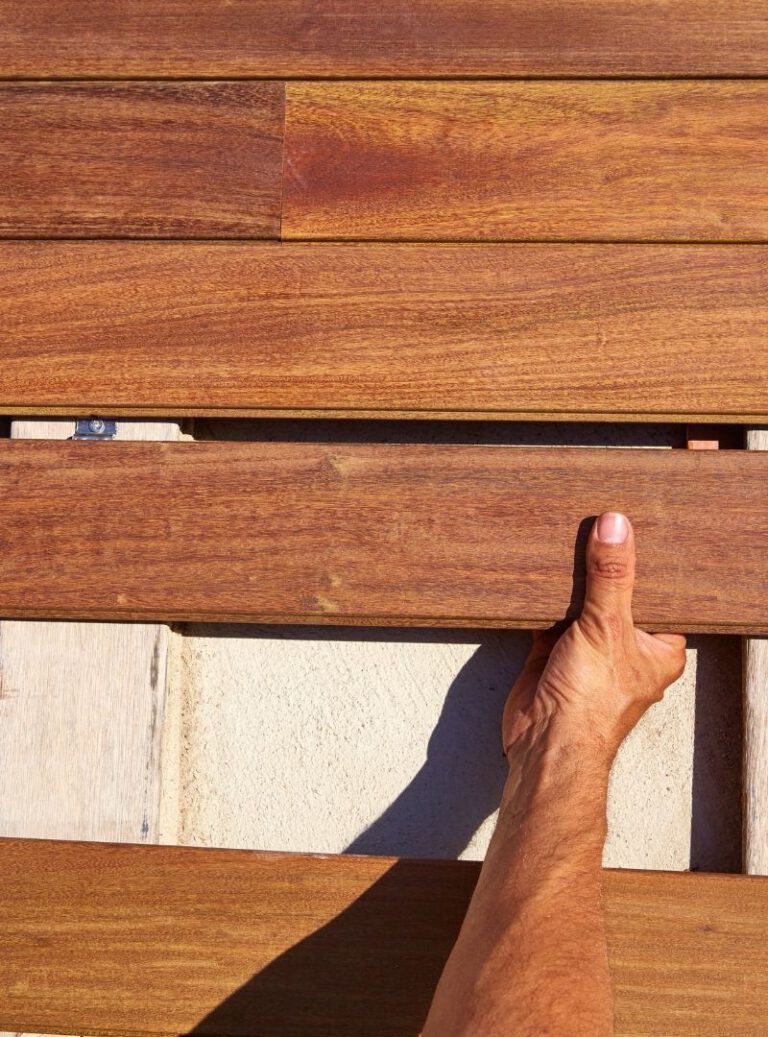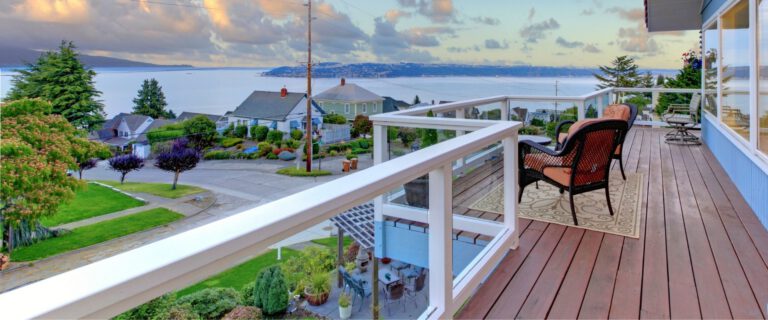The Dangers of a Damaged Deck: What You Need to Know
Decks are wonderful additions to our homes, providing outdoor spaces where we can relax, entertain, and enjoy the beauty of nature. However, as time passes and the elements take their toll, decks can deteriorate, posing potential hazards to our safety and well-being. In this blog, we’ll explore the hidden dangers of a damaged deck and why it’s crucial to address these issues promptly. Remember, safety should always come first.
The Beauty of Decks
Decks are more than just functional structures; they are outdoor extensions of our homes. They create a seamless transition between indoor and outdoor living, offering a space for barbecues, family gatherings, and quiet evenings under the stars. A well-maintained deck can enhance the beauty and value of your home, but a damaged one can do just the opposite.
The Hidden Risks
While it’s easy to overlook the condition of your deck, doing so can have serious consequences. A damaged deck poses several hidden risks that may not be immediately apparent. Here are some of the dangers you should be aware of:
- Structural Instability: Over time, the wood or materials used to construct your deck can weaken due to exposure to the elements. This can lead to structural instability, making your deck unsafe to walk on.
- Loose or Rotted Boards: Damaged or rotted deck boards can be a tripping hazard, especially if they’re not properly secured or replaced.
- Nails and Fasteners: Rusty nails and loose fasteners can lead to injury if stepped on or touched.
- Mold and Mildew: Decks are susceptible to mold and mildew growth, which can make the surface slippery and pose health risks.
- Splinters: Cracked or splintered wood can cause painful splinters, especially when walking barefoot.
- Collapsing Railings: Railings that are damaged or not properly secured can pose a significant fall risk, especially for children and pets.
Addressing these issues promptly is essential to ensuring the safety of everyone who uses your deck.
Maintenance Matters
Regular maintenance is the key to preventing deck damage and ensuring its longevity. Here are some maintenance tasks that can help you keep your deck in top condition:
- Inspection: Regularly inspect your deck for signs of damage, including rot, loose boards, and rusted fasteners.
- Cleaning: Clean your deck annually to remove dirt, mold, and mildew. This not only improves its appearance but also helps prevent slip-and-fall accidents.
- Staining or Sealing: Reapply stain or sealer as needed to protect the wood from moisture and UV damage.
- Repairs: Address any damage promptly by replacing loose or rotted boards and securing loose fasteners.
Professional Assessment
While regular maintenance is essential, it’s equally important to have your deck professionally assessed periodically, especially if it’s an older deck. Professionals can identify structural issues and recommend necessary repairs or replacements. They have the expertise to ensure your deck is safe for use, giving you peace of mind.
Weathering the Elements
One of the primary reasons decks deteriorate is exposure to the elements. In many regions, decks must withstand a wide range of weather conditions, from scorching heat to freezing cold and heavy rain to snowfall. Over time, these conditions can take a toll on even the most well-constructed decks.
Properly designed and maintained decks can resist the effects of weathering for many years. However, when you start to notice signs of wear and tear, such as warping, cracking, or discoloration, it’s crucial to take action before the damage becomes severe.
Family Safety First
The safety of your family, friends, and guests should always be your top priority. A damaged deck can lead to accidents, injuries, and even tragic incidents. To ensure everyone’s safety, consider the following steps:
- Set Rules: Establish rules for using the deck, especially if you have young children. Teach them to be cautious and avoid rough play on the deck.
- Supervision: Keep an eye on children and pets while they’re on the deck to prevent accidents.
- Professional Inspections: Schedule regular professional inspections to assess the structural integrity of your deck.
- Immediate Repairs: Address any damage or hazards as soon as you notice them.
Conclusion
A damaged deck is more than just an eyesore; it’s a potential danger that can jeopardize the safety of your loved ones. Regular maintenance and professional assessments are essential to keeping your deck in good condition and ensuring its longevity. Remember, when it comes to deck safety, prevention and prompt action are key. Your deck should be a source of enjoyment and relaxation, not a source of worry.
Deck Repair Columbus https://www.deckrepaircolumbus.com/

